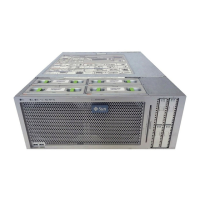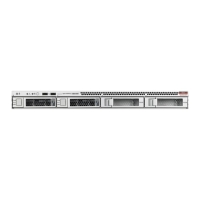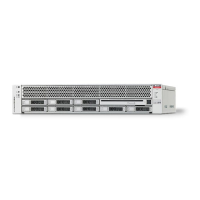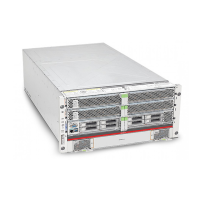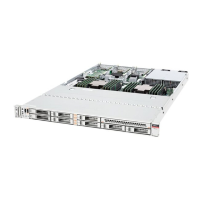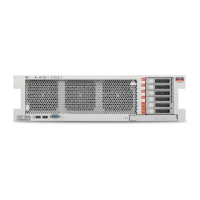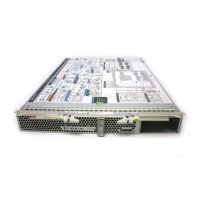Park Cores and Memory
|-----|-----|-----|-----|-----|-----|-----|-----|-----|-----|
*=====*=====*=====*=====*=====*=====*=====*=====*=====*=====*
Task complete with no errors.
This concludes socket/core, memory reconfiguration.
You can continue using the system.
4.
Verify the new resource allocation.
You can verify the resource allocation and check for possible osc-setcoremem errors in several
ways:
■
“Display the Current Domain Configuration (osc-setcoremem)” on page 178
■
“Display the Current Domain Configuration (ldm)” on page 180
■
“Access osc-setcoremem Log Files” on page 196
5.
Repeat this procedure if you need to change resource allocations on another
compute node.
Related Information
■
“Supported Domain Configurations” on page 174
■
“Plan CPU and Memory Allocations” on page 175
■
“Display the Current Domain Configuration (osc-setcoremem)” on page 178
■
“Display the Current Domain Configuration (ldm)” on page 180
■
“Access osc-setcoremem Log Files” on page 196
Park Cores and Memory
Perform this procedure on each compute node to move CPU and memory resources from
dedicated domains into logical CPU and memory repositories, making the resources available
for I/O Domains.
If you are parking cores and memory, plan carefully. Once you park resources and create I/O
Domains you cannot move resources back to dedicated domains.
Note - To find out if you can perform this procedure, see “Supported Domain
Configurations” on page 174.
The examples in this procedure show a SuperCluster T5-8 full rack. The concepts in this
procedure also apply to other SuperCluster models.
190 Oracle SuperCluster T5-8 Owner's Guide • May 2016
